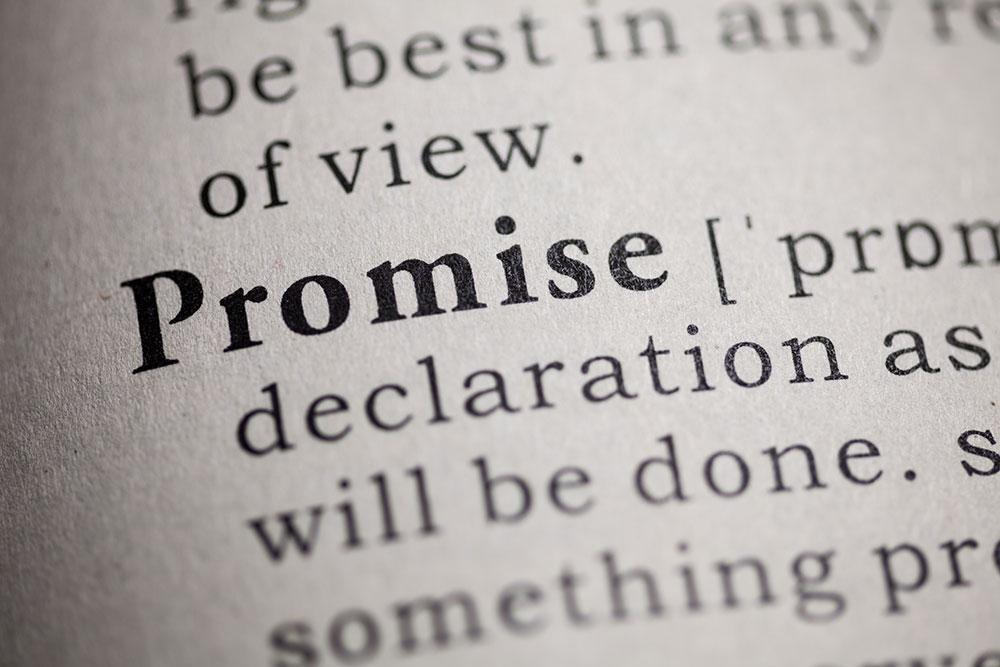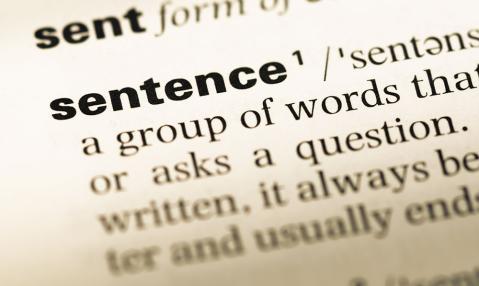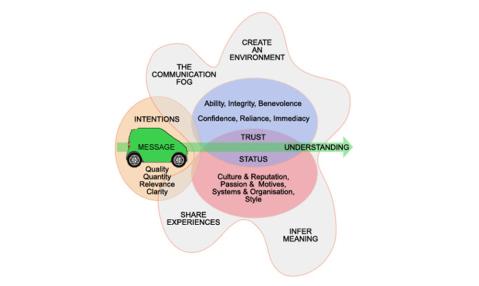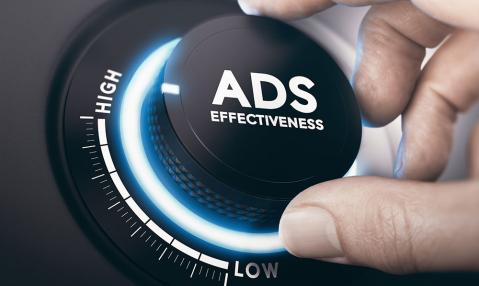The first FREE introductory workshop will cover the Business Posture section of the Strategy Builder training programme.
This 45 minute call will cover the following areas:
- Splitting your marketing activities into customer acquisition and customer nurturing marketing strategies
- Add clarity to your objectives by asserting a well defined USP
- Generate a business posture by presenting value and results combined with your passion to deliver
The complete workshop programme includes Marketing Analysis, Content Marketing, Information Architecture, Improving Communication and Measuring Success. These workshops can be arranged as 45 minute telephone / Zoom calls to be held once a week (a time and day that fits). Those companies who wish to take this further can arrange one-2-one training or join an existing workshop group held on Wednesdays or Thursdays.

















